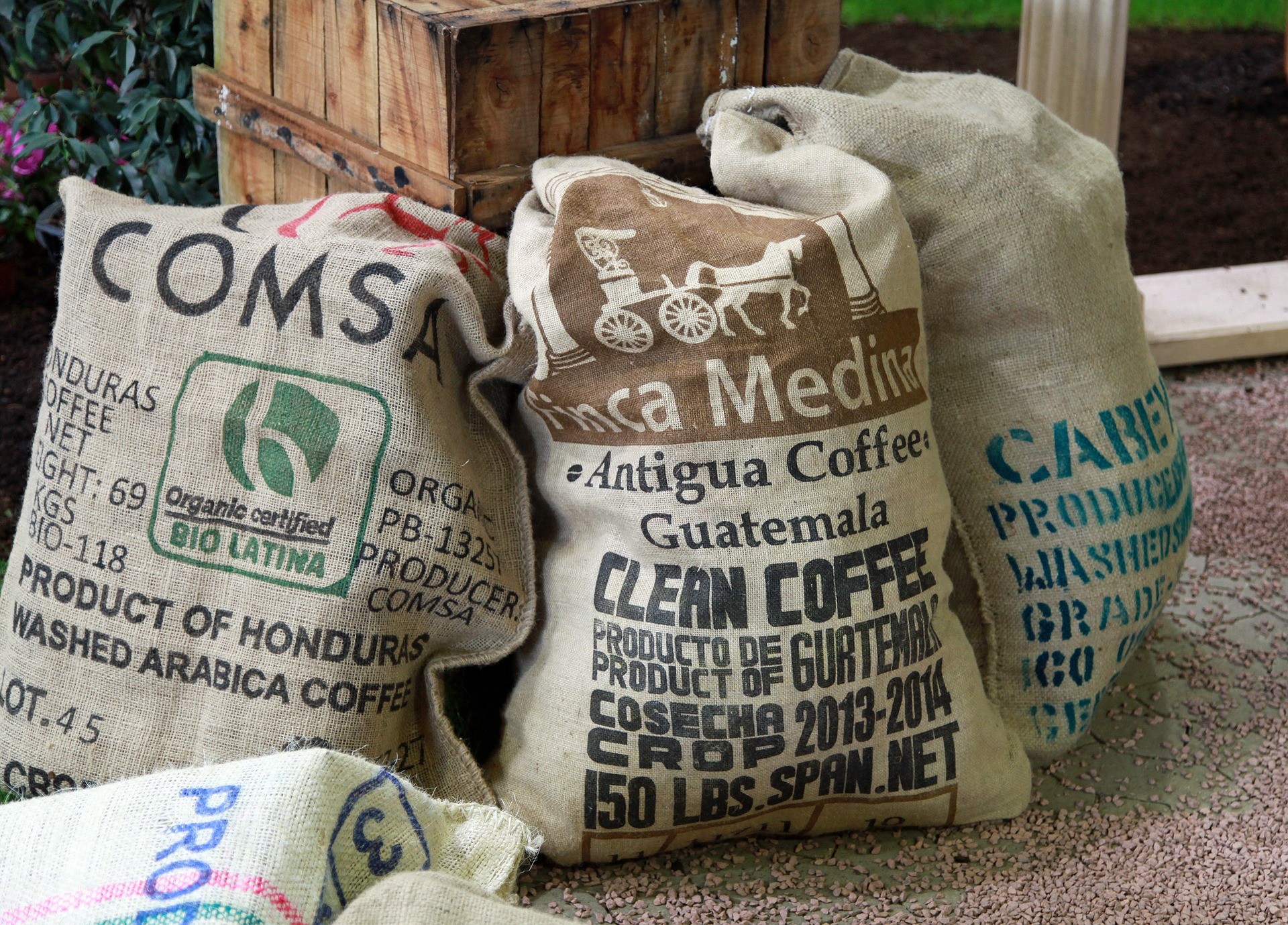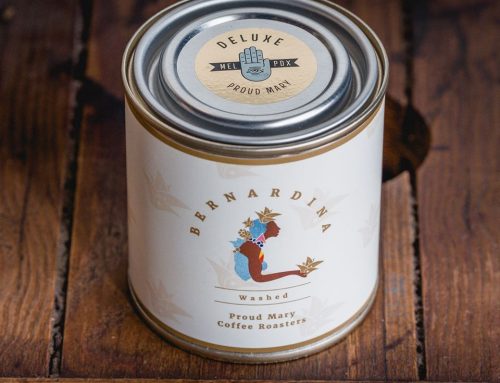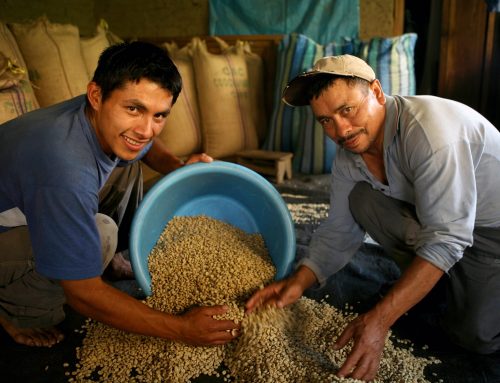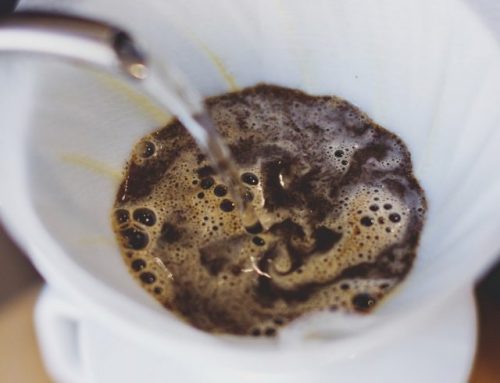Coffee blends use beans from several different regions. They are the most common types of coffee available in stores and cafes. They deliver a consistent cup, but also often mask lower quality beans. By contrast, single origin coffee uses beans that come from only one region or estate.
Single Origin Coffee and Terroir
By using beans solely from a single place, single origin coffee is able to better exhibit the flavors of that particular area. Elements like average annual temperature, soil type, and rainfall can have a huge effect on coffee bean flavor. These unique, regional tastes, caused by the terroir of the single origin coffee, are often masked when mixed with coffee beans from other geographies in coffee blends.
Terroir (the French word for “land”) refers to the growing location and conditions that we taste in the final product. For instance, terroir factors include soil pH, precipitation, elevation, latitude/longitude, and temperature. The term comes from the wine industry. Sommeliers attribute the different flavor notes of a certain wine to it’s growing region. The concept of terroir lends itself to many products from chocolate to olive oil and even coffee.
Different regions lay claim to different flavor notes, however the way that coffee is processed also plays a key role in its final flavor.
Single origin coffee typically costs more but it’s often worth the extra expense. To tease out the distinctive flavors to each region, people along the coffee supply chain more carefully sort, roast, and brew single origin coffee. Ask any barista about “dialing in” a single origin espresso. You’ll get an earful about the difficulties in properly brewing this type of coffee.
Single origin coffee also provides consumers a way to know exactly where their coffee beans were grown and how they were processed.
How to Drink It
To harness the flavor of single origin coffee, it’s best to use a high-quality espresso machine or drip coffee brewers. More specifically, we like the Chemex or Hario V60. These methods delicately filter the coffee, effectively highlighting the flavors unique to the beans.
Overall, single origin coffee delivers a better experience than that of a blend. Plenty of single origin beans offer entirely unique flavors that any other coffee beans does not possess. As such, most aficionados drink their single origin coffees without the addition of any milks or sweeteners, which like blends, tends to mask and dilute the subtle, unique flavors.






